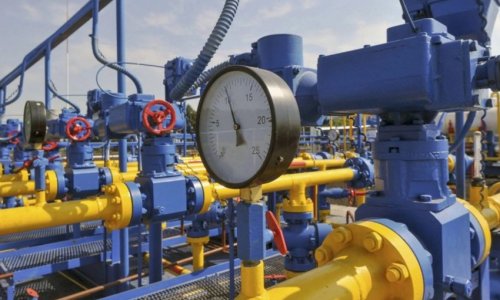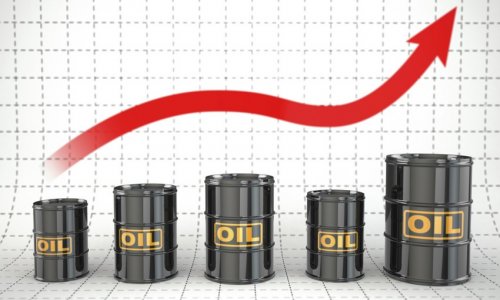China, the world’s second-biggest oil consumer, is snapping up crude after reversing its strict Covid-19 policies. Against a backdrop of tight supply, the demand boost has everyone from Goldman Sachs Group Inc. to trading powerhouse Vitol Group predicting a rally to $100 a barrel later this year.
"The demand from China is very strong,” Amin Nasser, CEO of Saudi Aramco — the world’s biggest oil company — said in a March 1 interview in Riyadh.
By the second half of the year, analysts say, the market will face a shortage — a scenario that will loom over the industry leaders meeting this week in Houston for CERAWeek by S&P Global, a major annual energy conference.
The impending crunch shows that even as the world embraces cleaner sources of energy, the thirst for oil is hard to slake. While the supply pinch has been a boon for crude producers and their investors, it’s hammering consumers and complicating central banks’ efforts to tame inflation.
In the wake of its abrupt reversal of Covid Zero — the policy requiring mass lockdowns, travel quarantines and testing and tracing — China’s economy is resurgent, boosting oil demand. Manufacturing posted its biggest improvement in more than a decade last month, services activity is climbing and the housing market is stabilizing.
The reopening means Chinese oil consumption is poised to hit a record this year. Daily demand will reach an all-time high of 16 million barrels a day after contracting in 2022, according to the median estimate of 11 China-focused consultants surveyed by Bloomberg News earlier this year.
It’s not just China. India and other countries across the Asia-Pacific region are consuming more oil as borders reopen, helping propel global demand to a record 101.9 million barrels a day this year and potentially plunging the market into a deficit by the second half, according to the IEA. Air traffic is recovering, boosting jet-fuel use. And the appetite for crude in the US and Europe has also rebounded.
Supply is no match for the uptick in demand. Though Russia’s oil exports by sea remained resilient last month, market watchers are looking for signs of disruption after the European Union and the majority of Group of Seven nations banned waterborne imports of oil and fuel following the invasion of Ukraine. Russia’s shipments are under threat as India, a top buyer, faces mounting pressure from bankers to show that its cargoes comply with the $60-a-barrel price cap imposed by the G7.
OPEC, meanwhile, isn’t budging from the production targets it set back in October. Saudi Arabian Energy Minister Prince Abdulaziz bin Salman has said the targets will remain unchanged for the rest of the year.
Analysts see crude prices advancing in the second half of the year, with many predicting a return to triple-digit levels for Brent for the first time since August. China’s reopening will strain global spare production capacity, sending prices to $100 a barrel in the fourth quarter as inventories decline and money supply stabilizes, Jeff Currie, Goldman’s head of commodities research, said in a Bloomberg Television interview March 1.
"As China comes back, we’re going to lose that spare capacity,” Currie said. "My confidence that we’ll see another price spike in the next 12-18 months is quite high.”
www.anews.az
Follow us !











